Hanoi Flag Tower: A Symbol of Vietnamese Independence
Located in the center of Hanoi, the Hanoi Flag Tower is among the most recognizable structures in the Vietnamese city. Constructed in the early 19th century, this colossal monument has seen the turbulent history of the nation from colonialism to present independence. Let MOTOGO Tours explore the history, architecture of this flag tower
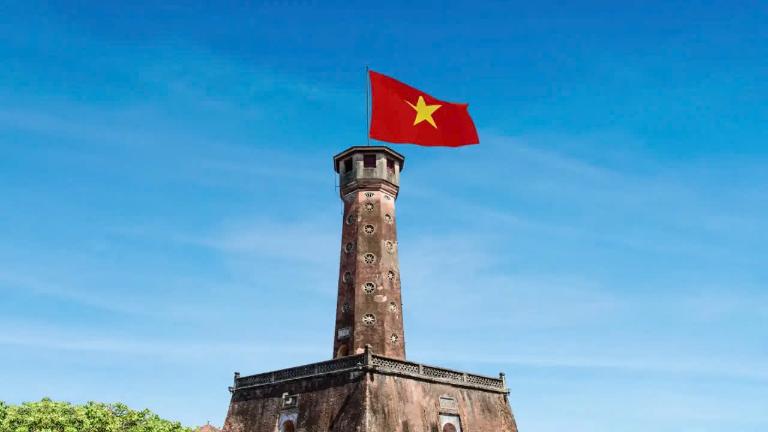
History of Hanoi Flag Tower
Designed during the Nguyen Dynasty in 1812, the Hanoi Flag Tower is among the few buildings that survived the demolition of the Imperial Citadel of Thang Long during the French colonial era. Originally constructed as a military observation station, it let the Vietnamese army keep an eye on the city from above and fly flags denoting their might and alertness.

The Flag Tower’s building began during the rule of Emperor Gia Long, who founded the last imperial family in Vietnam, the Nguyen Dynasty. Comprising part of the Hanoi Citadel, the tower provided protection for the city against invaders. Built on a solid basis, its longevity throughout centuries is evidence of the architectural genius of the day.
The Hanoi Flag Tower has evolved over Vietnam’s past from a mere sentinel. Often modified as a display of superiority, the flag was flown by the French to establish authority during their occupation. But with the nation’s ultimate freedom, the crimson flag bearing a golden star—symbolizing Vietnam—was flown high and still a proud emblem today.
>>> Explore History of Hanoi: A Journey Through Vietnam’s Capital
The Architecture of Hanoi Flag Tower
Renowned for its unique and historically significant architecture reflecting both the aesthetic elements of traditional Vietnamese design and the pragmatic military necessities of its day, the Hanoi Flag Tower One of the most lasting buildings from the citadel complex, standing at 33.4 meters in height including the flagpole, it is still a major historical landmark in Hanoi.
Key Architectural Features
The tower’s construction is pyramid-like; its square base progressively tapers upward to produce an octagonal observatory at the top. Simple but strong, its design allowed the tower to be a lookout point in the 19th century with broad views of the surrounding landscape.
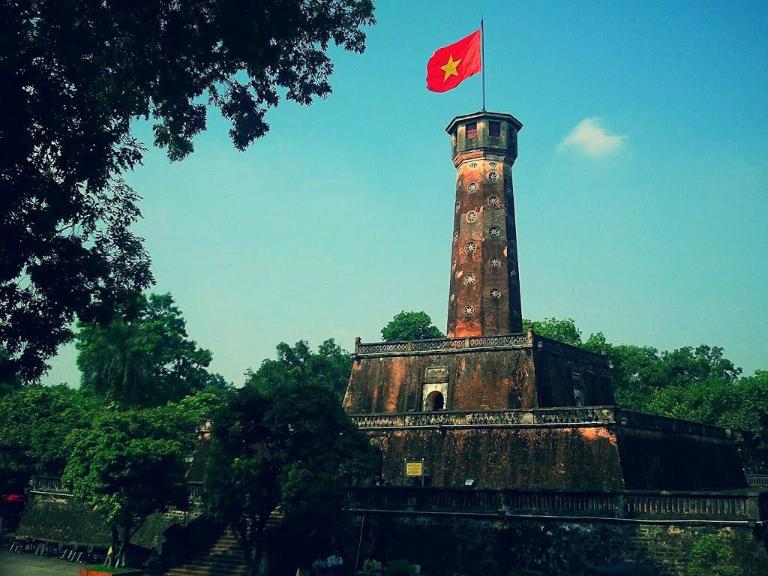
There are three tiers to the lower base, each smaller as one ascends. At 3.1 meters height and 42.5 meters on both sides, the first platform The second, somewhat smaller level climbs to 3.7 meters; the third level stands at 5.1 meters. Thick, strong bricks used in construction of these tie-red platforms guarantee the lifetime of the tower. Given that the edifice survived conflicts, its resilience is evidence of its deliberate design.
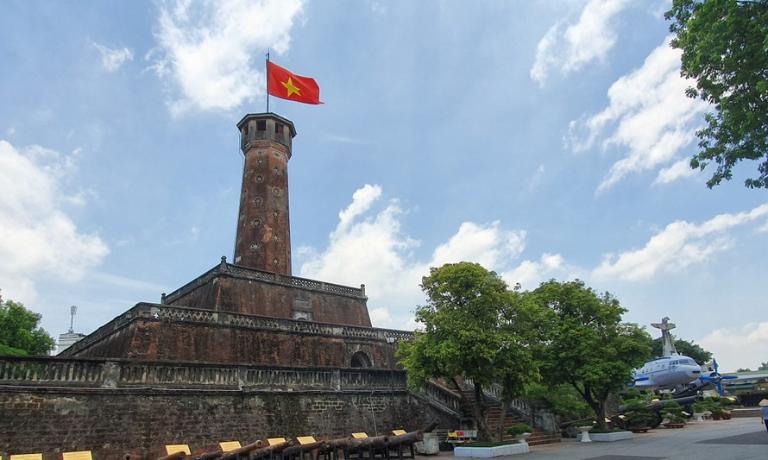
Windows positioned deliberately along the tower’s walls let air pass through the construction. During times of war, these little, rectangular windows also let guards and soldiers view the surroundings. From an octagonal observatory deck derived from the top tier, the Vietnamese flag is flown.
>>> You may also like: Hoan Kiem Lake: Explore Hanoi’s Historic and Cultural Heart
The Tower’s Dimensions
The Hanoi Flag Tower stands 33.4 meters tall at its zenith. This covers the flagpole itself, which towers 18.2 meters tall and greatly increases the height of the construction. Designed to boldly show the national flag, which can be seen from many areas of Hanoi and acts as both a military and cultural icon, this flagpole is the center of the tower.
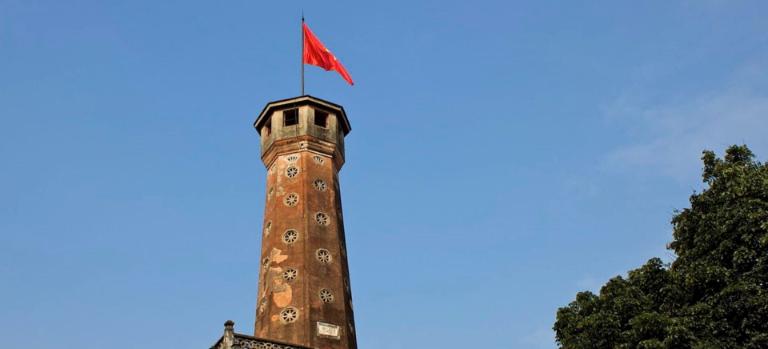
Each level of the tower is connected by a steep internal staircase, which tourists can climb to reach the top. As you ascend, you can appreciate the clever design of the structure, built to allow movement and airflow while maintaining the strong, fortified appearance of a military outpost.
Symbolism in the Design
Apart from its pragmatic military application, the Hanoi Flag Tower’s architectural design has great symbolic relevance. Together with the Vietnamese flag’s constant presence, the tower’s height represents the nation’s power and resiliency. Using stone and brick guarantees the tower’s permanency and reflects the relentless attitude of the Vietnamese people in their protracted fight for independence.
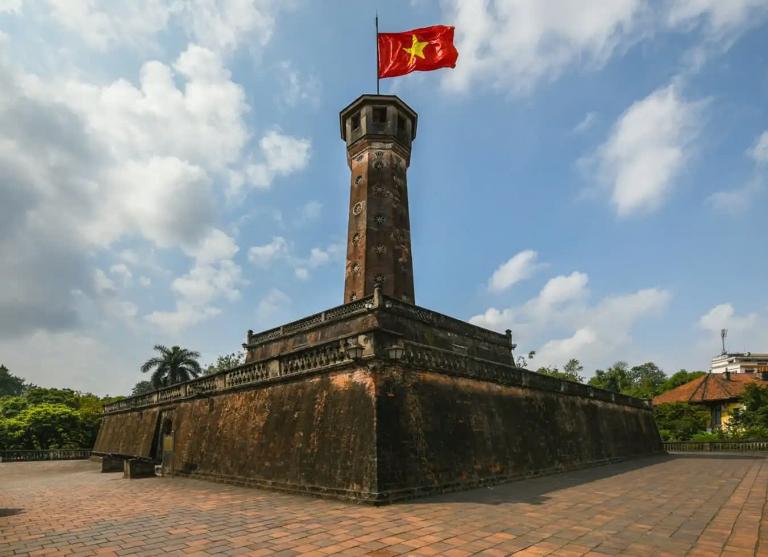
Furthermore, the top octagonal observatory is not just a design decision but also a tribute to Vietnamese spiritual ideas. Eight is connected in many Asian societies with power, equilibrium, and wealth. Combining the observatory’s octagonal form with its commanding perspective of the city, is designed to represent the vigilant eye of the Vietnamese people over their country.
>>> Let’s see more: St. Joseph’s Cathedral: Hanoi’s Gothic Masterpiece and Cultural Icon
Hanoi Flag Tower in Modern Culture
The Hanoi Flag Tower now is far more than just a throwback to Vietnam’s history. It has evolved from its historical beginnings to become a potent emblem of current Vietnamese pride and identity. The tower is an essential component of Vietnam’s cultural fabric since it reminds us constantly of the country’s tenacity, independence, and unity as it has developed and modernized.
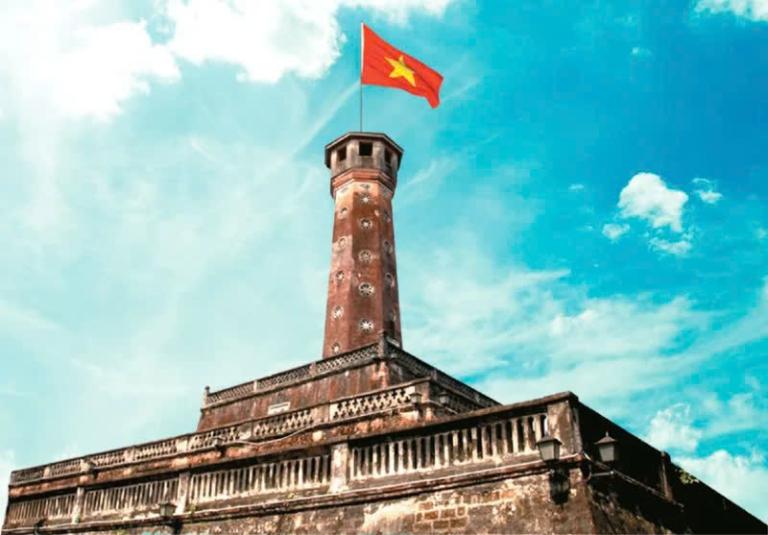
The Hanoi Flag Tower is sometimes interpreted in modern society as a symbol of the nation’s triumphant battles against foreign powers. For the Vietnamese people, it acts as a lighthouse, tying the present to their achieved freedom and sovereignty. Younger Vietnamese people also find resonance in this cultural relevance, not only among the war-torn age.
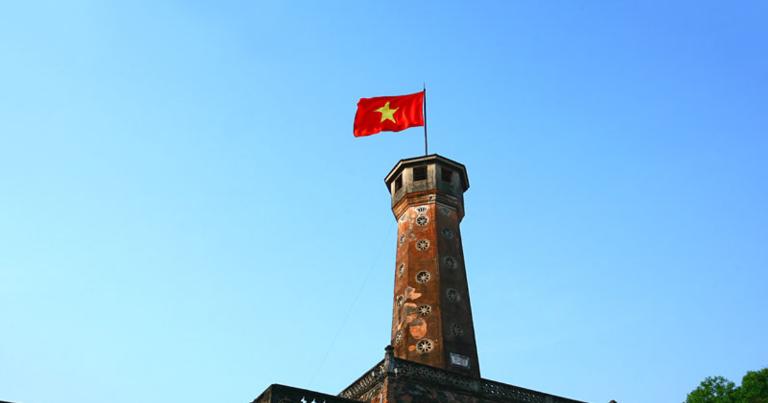
In this sense, the flag flying at the top of the tower—the red flag with a golden star—is a fundamental emblem. For the people of Vietnam, this flag stands for the hardships, sacrifices, and finally successful unity of their nation. The sight of the flag flying over the tower makes residents proud and patriotic whether it is during daily life, commemorative events, or national holidays.
>>> Let’s see more: Hanoi Old Quarter: A Journey Through Time and Culture
Visiting Hanoi Flag Tower
Popular among both residents and visitors, the Hanoi Flag Tower is housed inside the boundaries of the Imperial Citadel. Visitors can tour the inside of the tower and ascend to the top to have a clear perspective of the skyline of Hanoi.
Best Time to Visit the Hanoi Flag Tower
The ideal seasons to visit this Flag Tower are spring and fall (March-May and September-November), when the weather is nice and traffic is less. Nonetheless, the tower is open all year round so guests may enjoy it any time of year.
Ticket Information and Access
Apart from Monday, the tower is open daily from 9:00 AM to 5:00 PM; admission rates usually run from VND 10,000 to VND 20,000. Public transportation or a quick stroll from the downtown Hanoi districts makes it readily available. Often include the tower, guided tours like Hanoi Motorbike Tours of the citadel help to explain its significance in Vietnamese history.
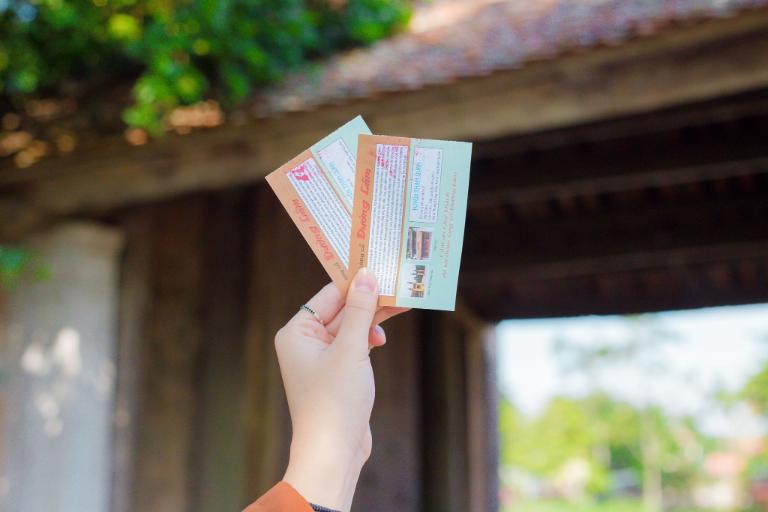
Nearby Attractions
Apart from the Hanoi Flag Tower, guests can discover the neighboring sights including the Imperial Citadel of Thang Long, a UNESCO World Heritage site. The location is a great cultural center for visitors since the Ho Chi Minh Mausoleum and the Temple of Literature are also rather close.
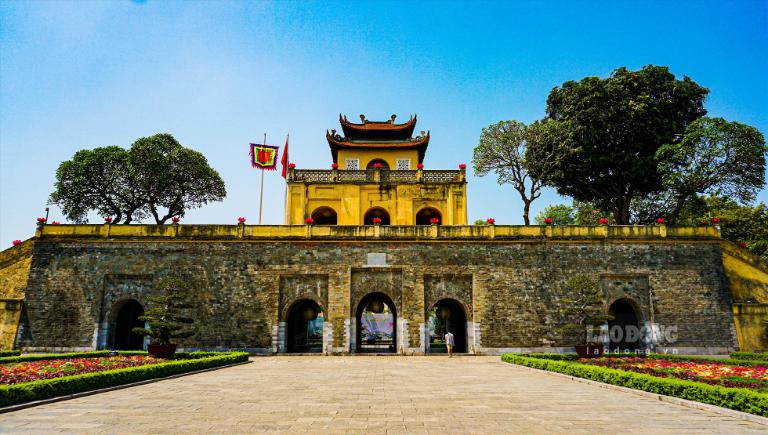
Tips for Visiting the Hanoi Flag Tower
Here are a few tips for visiting the Hanoi Flag Tower:
- Dress appropriately: Hanoi’s hot and muggy weather makes it advisable to dress in comfortable attire.
- Bring a camera: Bring a camera since the Flag Tower is a lovely site from which to snap pictures of your trip.
- Be respectful: The Hanoi Flag Tower is a historical place thus it is crucial to respect the customs and local way of life.
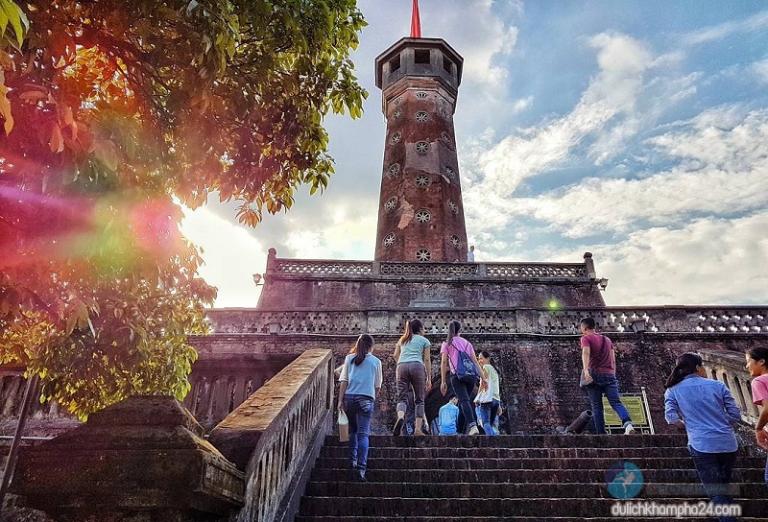
The Hanoi Flag Tower tells a tale of Vietnam’s resilience and national pride rather than only serves as a memorial. The tower provides a great window into Vietnam’s past and present for everyone visiting Hanoi, therefore reflecting the strength, bravery, and solidarity of its people.
Related Posts:
- Presidential Palace Hanoi: A Glimpse into Vietnam’s Colonial and Revolutionary History
- Tran Quoc Pagoda: Hanoi’s Oldest and Most Revered Buddhist Site
- The Bat Trang Pottery Village: A Must-visit Destination in Hanoi
- Discover the Timeless Charm of Duong Lam Ancient Village in Hanoi
- Phung Hung Mural Street: A Vibrant Tapestry of Art and Culture in Hanoi











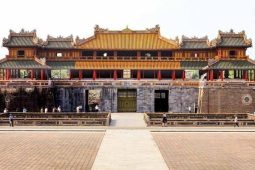


Be the first to comment!